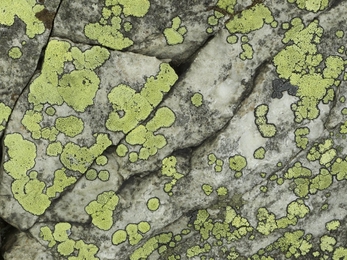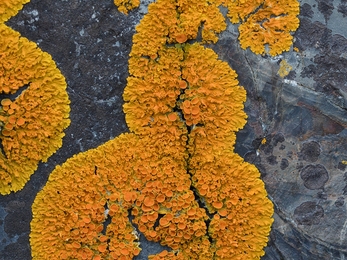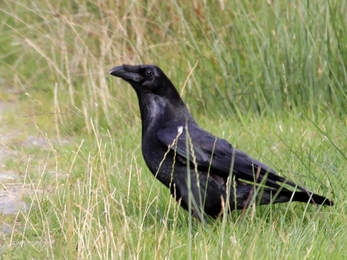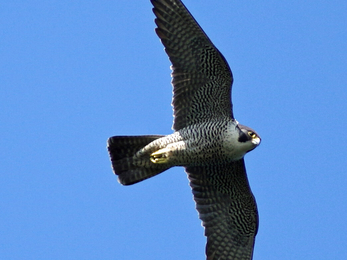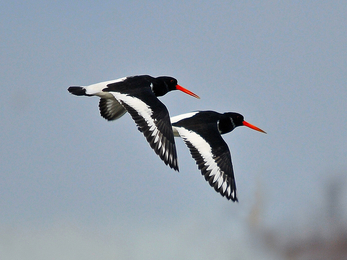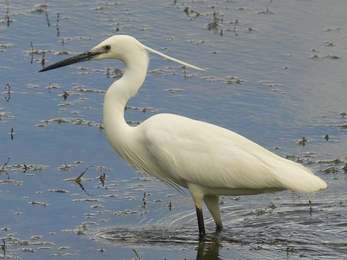As Winter moves into Spring, many of you will be venturing out into nature more. If you have access to the sea, perhaps you will be planning some coastal walks. From quiet estuaries and towering cliffs to shingle ridges and busy seaside promenades England’s 7,723 miles of coastline is varied and spectacular. As well as the scenery, coastal wildlife can be equally diverse.
Plants amongst the Sea Spray
Although not inundated by daily tides, living just beyond the reach of the waves can still be a harsh place to survive. Plants growing in habitats fringing the coast must be well adapted to salt laden air and spray drenched soils. Marram Grass (Ammophila arenaria) which grows on the front of sand dunes is one such plant. Its waxy, flexible leaf blades can bend in the salty wind and are ‘in-rolled’ so that valuable moisture is trapped. The inner blade surface is also grooved. Its stomata, the tiny pores through which gases and water vapour are exchanged, are sunk at the base of these grooves. Marram also has a really extensive root system so it can take up scarce nutrients and water. These dense mats of roots help the grass anchor in the mobile sand, in turn holding the sand dunes together.






